In South Tyrol, the alpine pastures make up 34% of the total land area, in Tyrol even 47% - these percentages alone show the importance of alpine farming. In South Tyrol, the Seiser Alm is also the largest high alpine pasture in Europe, covering 57 km². Around 95,000 head of cattle in South Tyrol and 190,000 in Tyrol - including cattle, goats, sheep, and horses - find food on the alpine pastures in the summer, which is a huge economic factor. If the animals stayed in the valley, farmers would have to buy enormous amounts of feed.
Alpine farming in Tyrol and South Tyrol
Not only that: the composition of the feed and the natural movement of the animals on the alpine pastures have a very positive effect on the quality of alpine milk. In addition to a higher fat and protein content, a higher proportion of especially vitamin A and D, and unsaturated fatty acids can also be detected. Most of the milk production goes to dairies in the valley, but a portion is also processed into cheese and butter on the alpine pastures themselves or marketed directly.
Alpine farming is naturally also of great importance for tourism. The lovingly and carefully maintained alpine areas are mostly available for tourist use and as recreational areas. Hiking trails and mountain bike routes, but also ski slopes, ski lifts, or cross-country ski trails in winter lead across the alpine pastures. In addition, the production and marketing of natural products and, finally, the hospitality and catering of hikers at the managed alpine huts and snack stations. The "alpine experience" is simply part of a holiday in the Alps.
Naturally, alpine life has changed dramatically in recent decades. Modern technology and working methods have also made their way here. But a lot of hard physical work is still necessary to manage the alpine pastures in the often rugged mountain regions.
Ecological significance
The alpine pastures are also very important for the water balance and erosion protection. The densely vegetated alpine soil reduces surface runoff and can absorb and store large amounts of water. The risk of erosion is significantly reduced, and the alpine pastures fulfill an essential protective function against natural hazards such as floods or landslides, which is becoming increasingly important for life in the mountains, especially in times of frequent storms.
In general, the biodiversity of flora and fauna in the alpine area is extremely high and is further promoted by farming. The alpine pastures in Tyrol and South Tyrol are thus a beautiful example of how sustainability, ecology, tradition, and diverse economic benefits can be wonderfully combined.
 How do you like the content of this page?
How do you like the content of this page?
Please give us your feedback!
Month
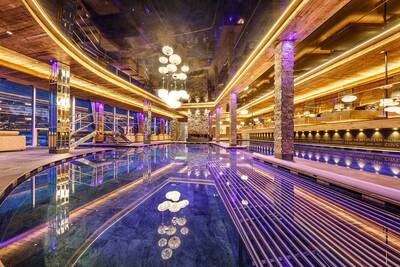
Vacation Offers
tips







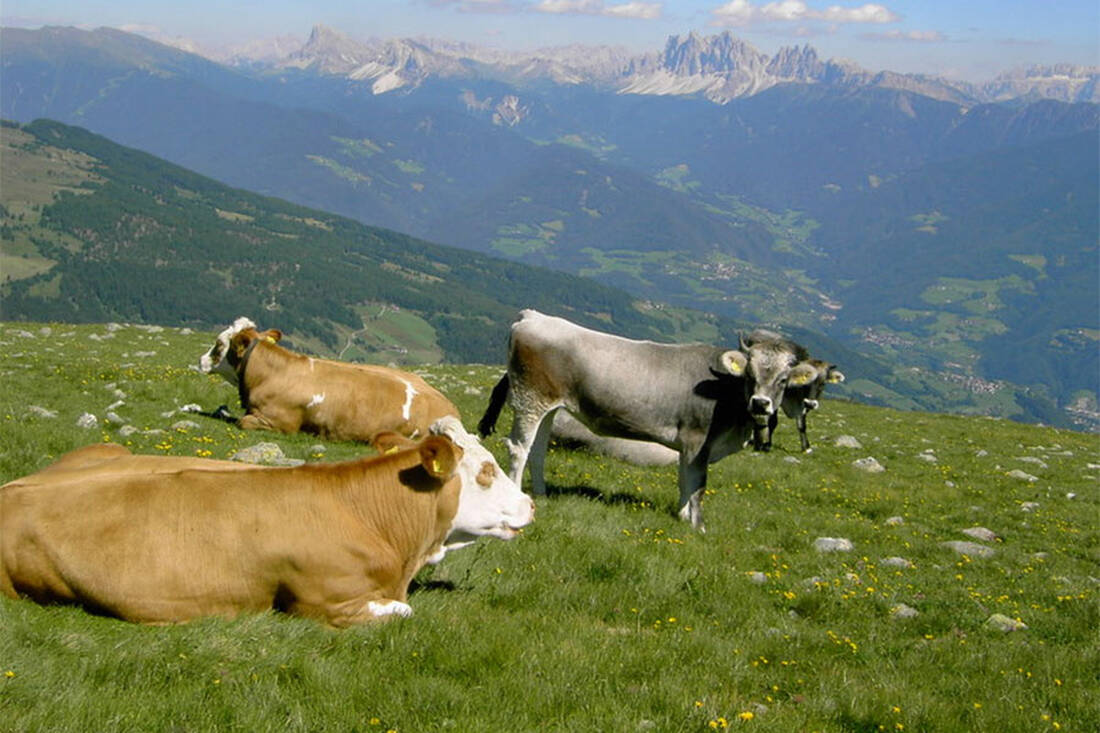
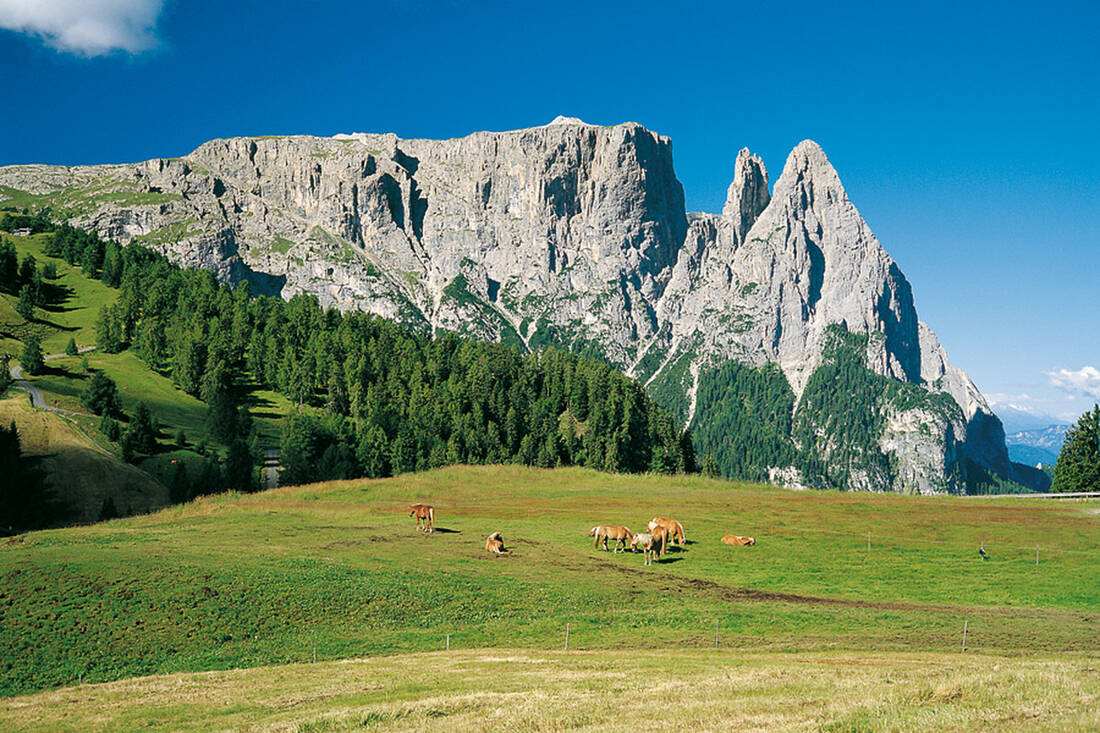
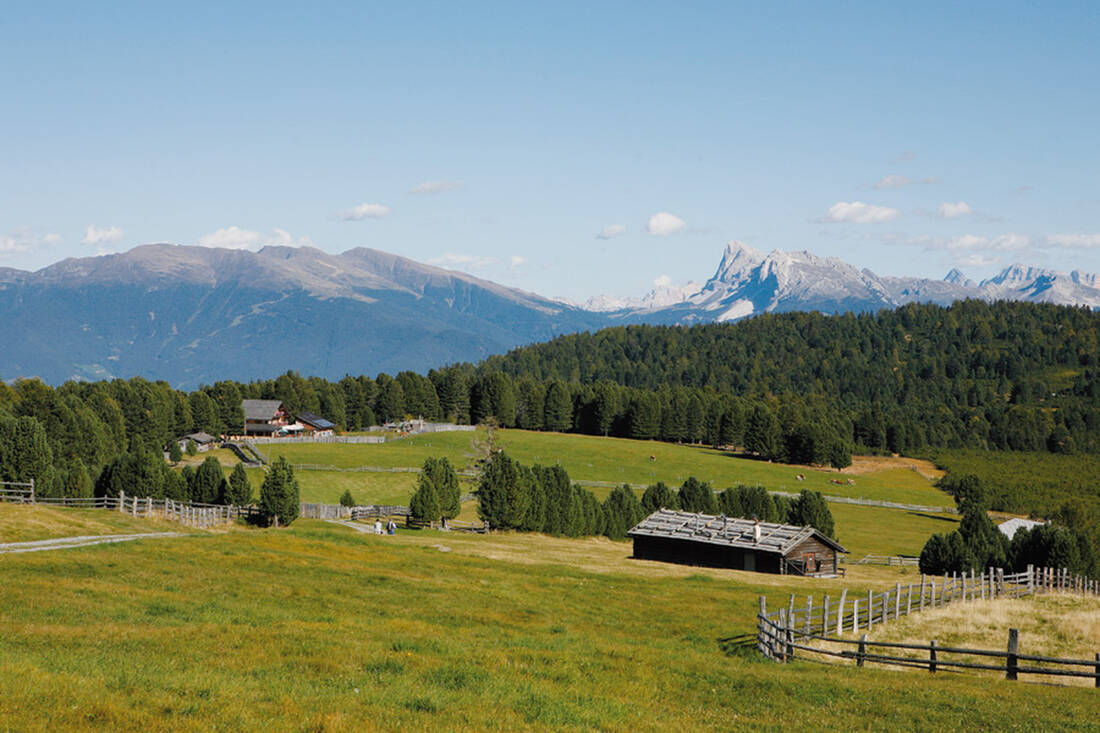
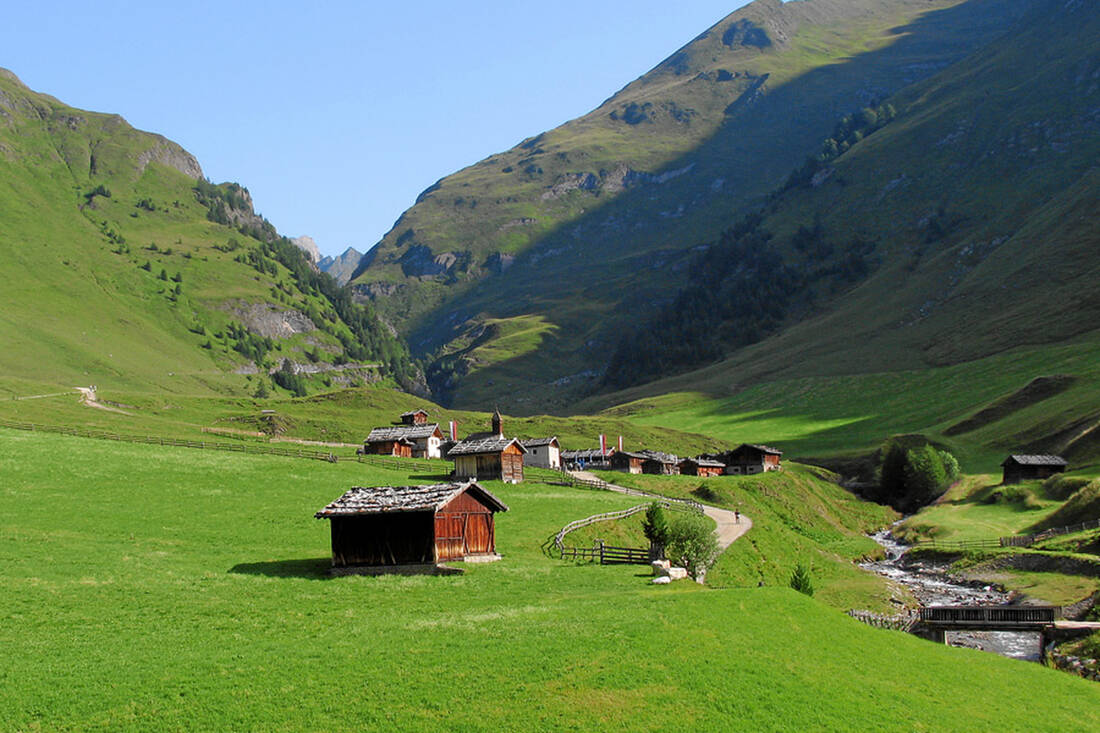
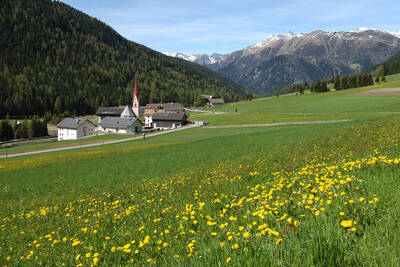
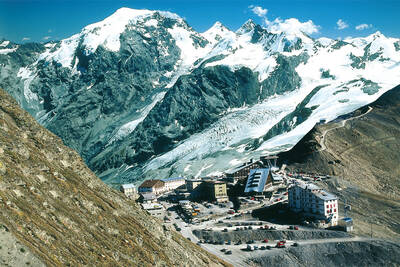
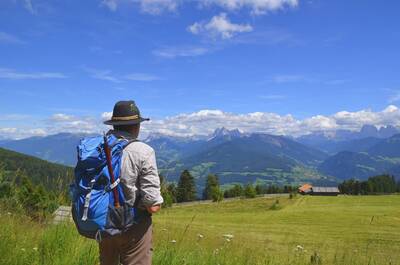
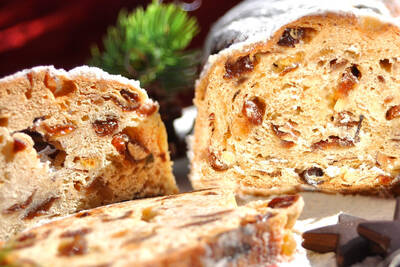
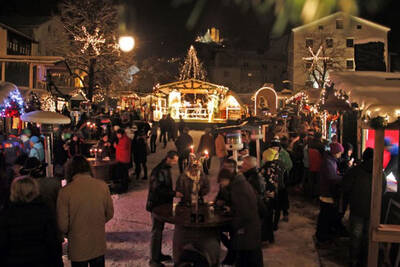
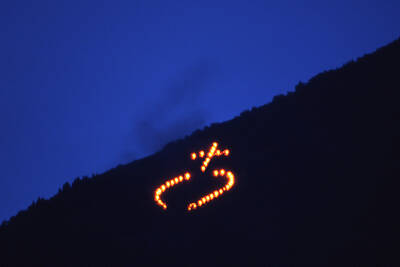
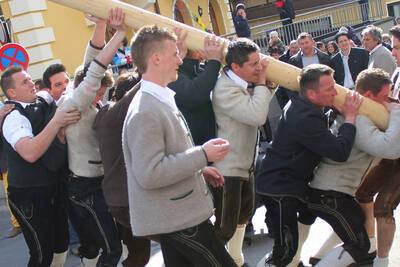
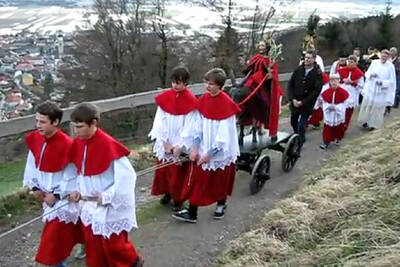
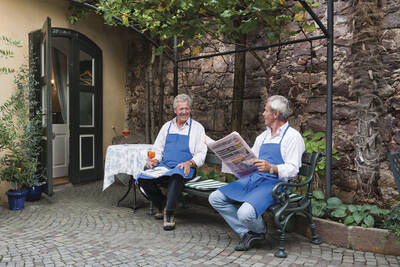
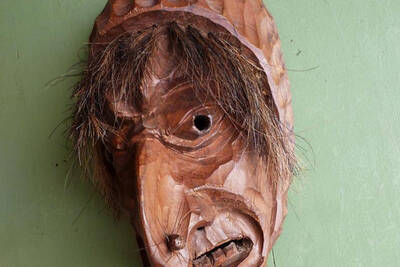
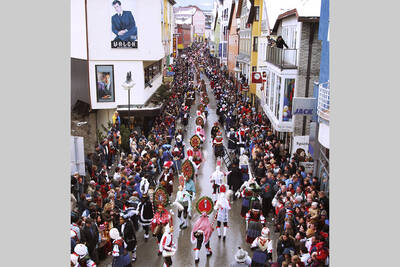
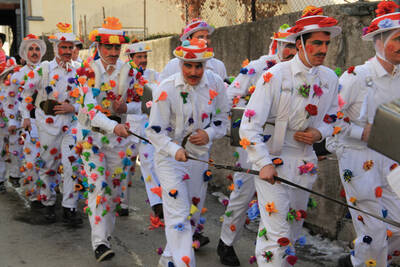
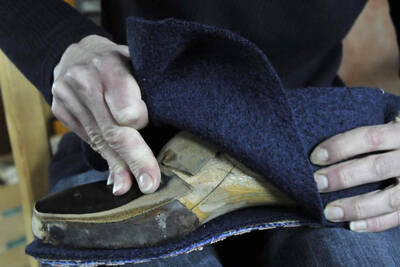
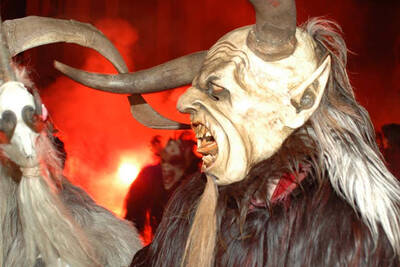
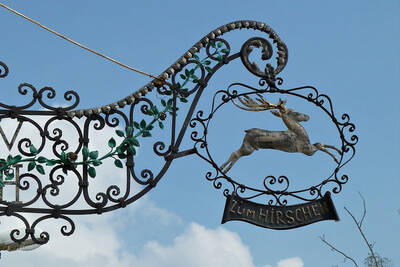
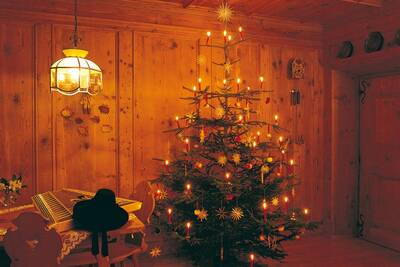
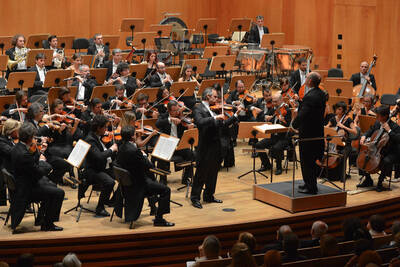
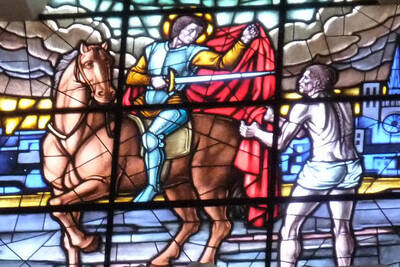
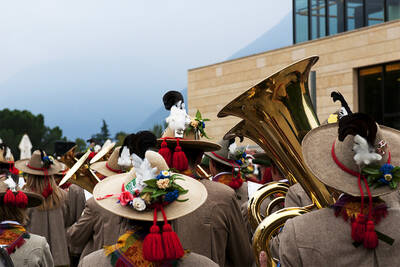
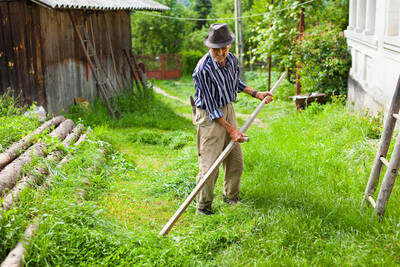

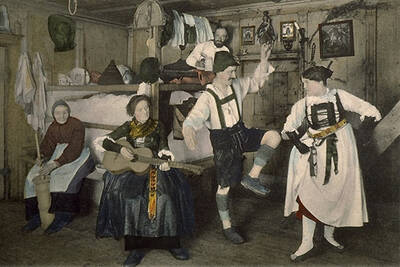
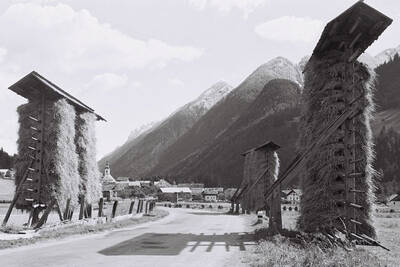
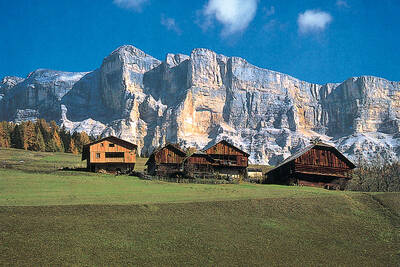
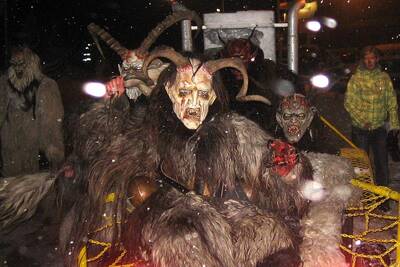
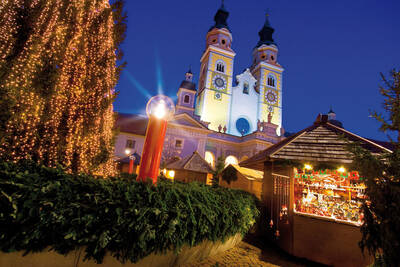
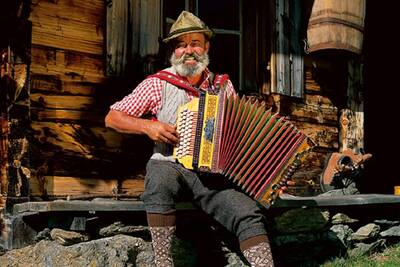
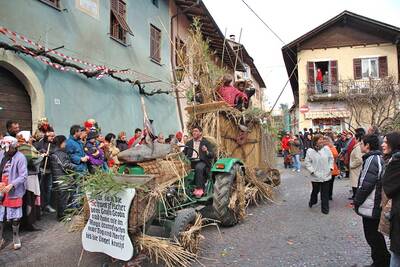
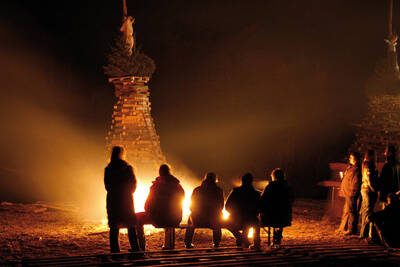
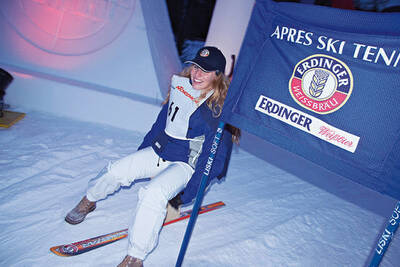
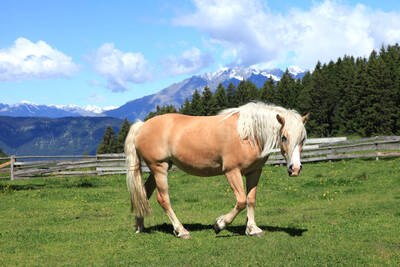
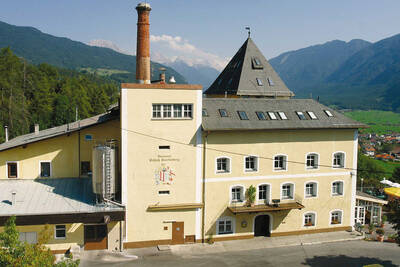
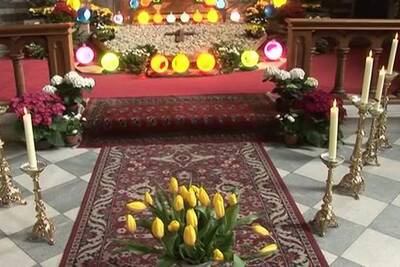
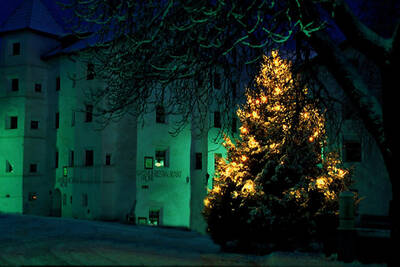
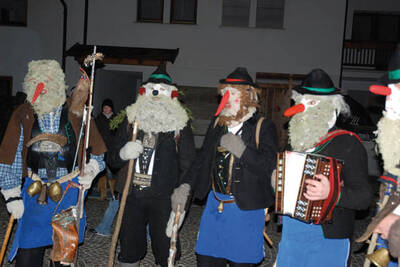
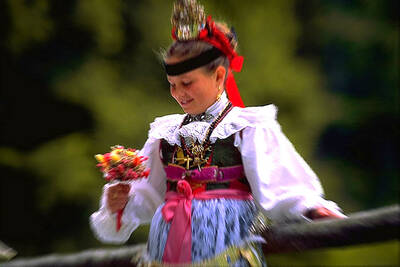
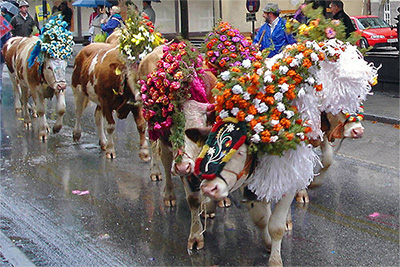
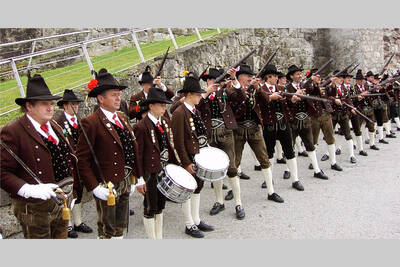
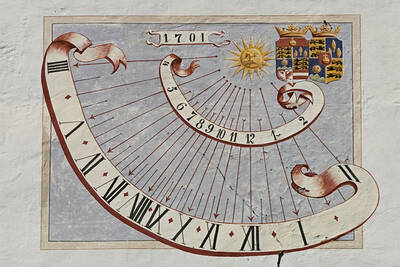
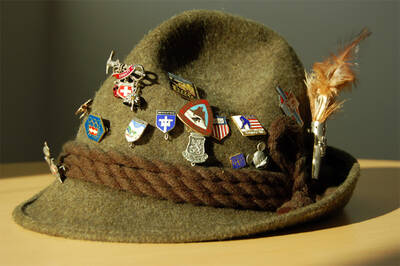
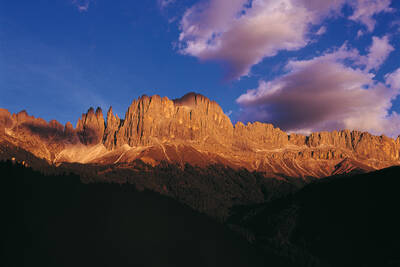
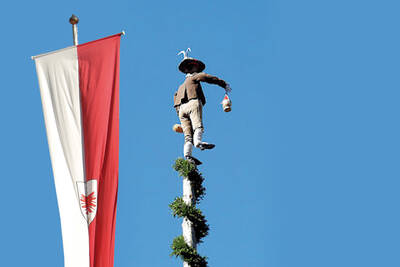
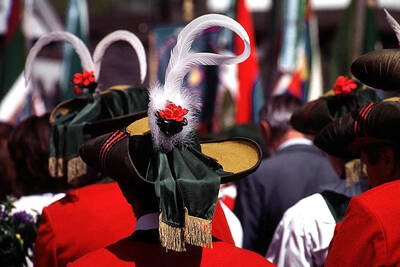
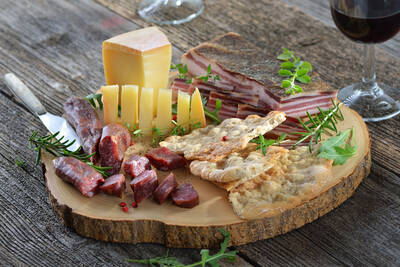
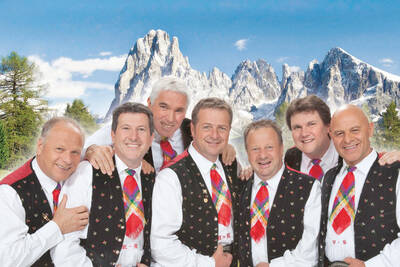
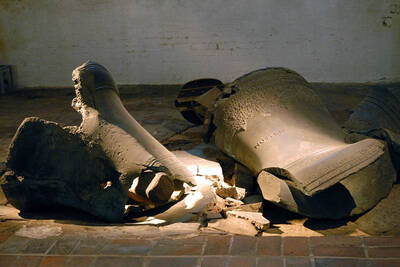
 More infos…
More infos…